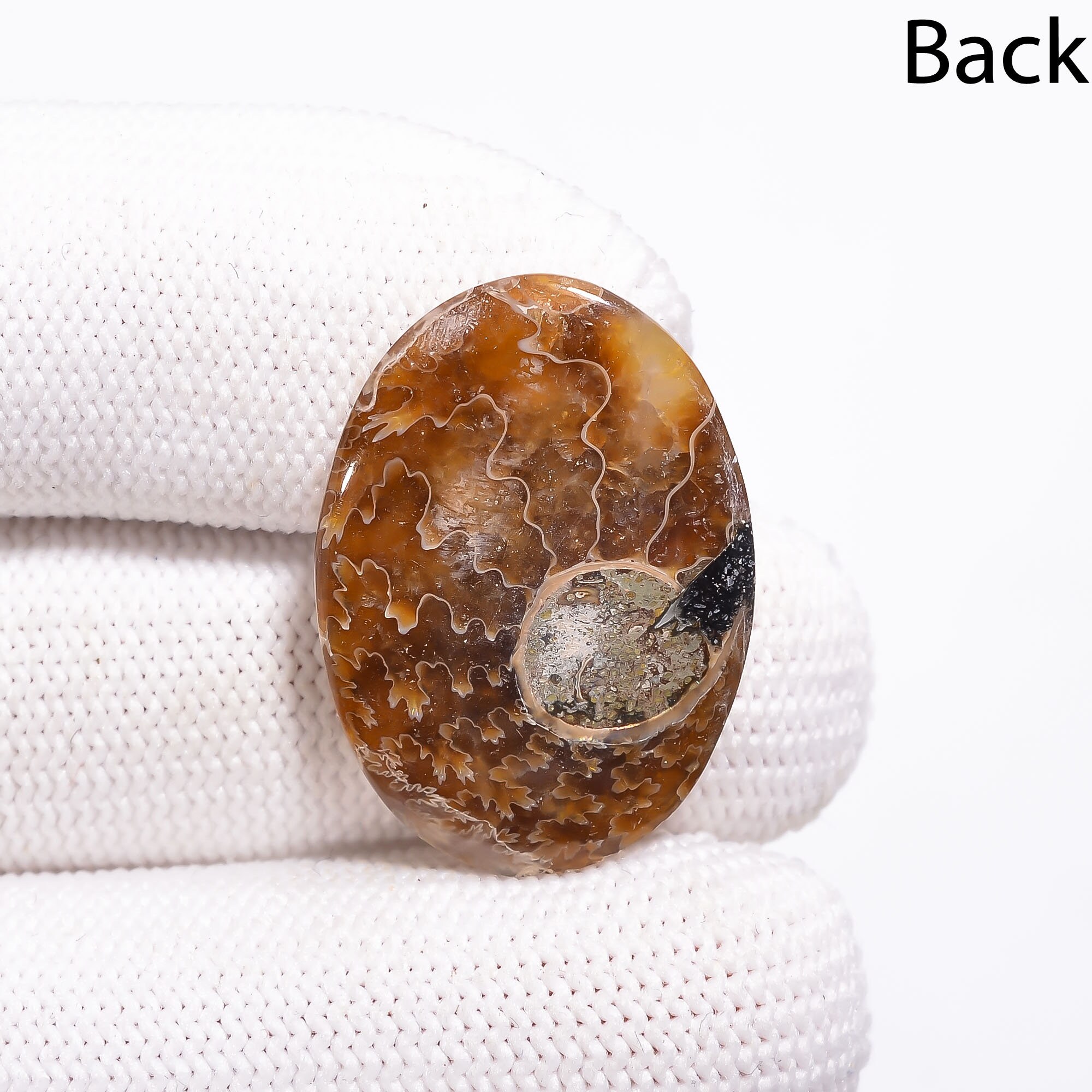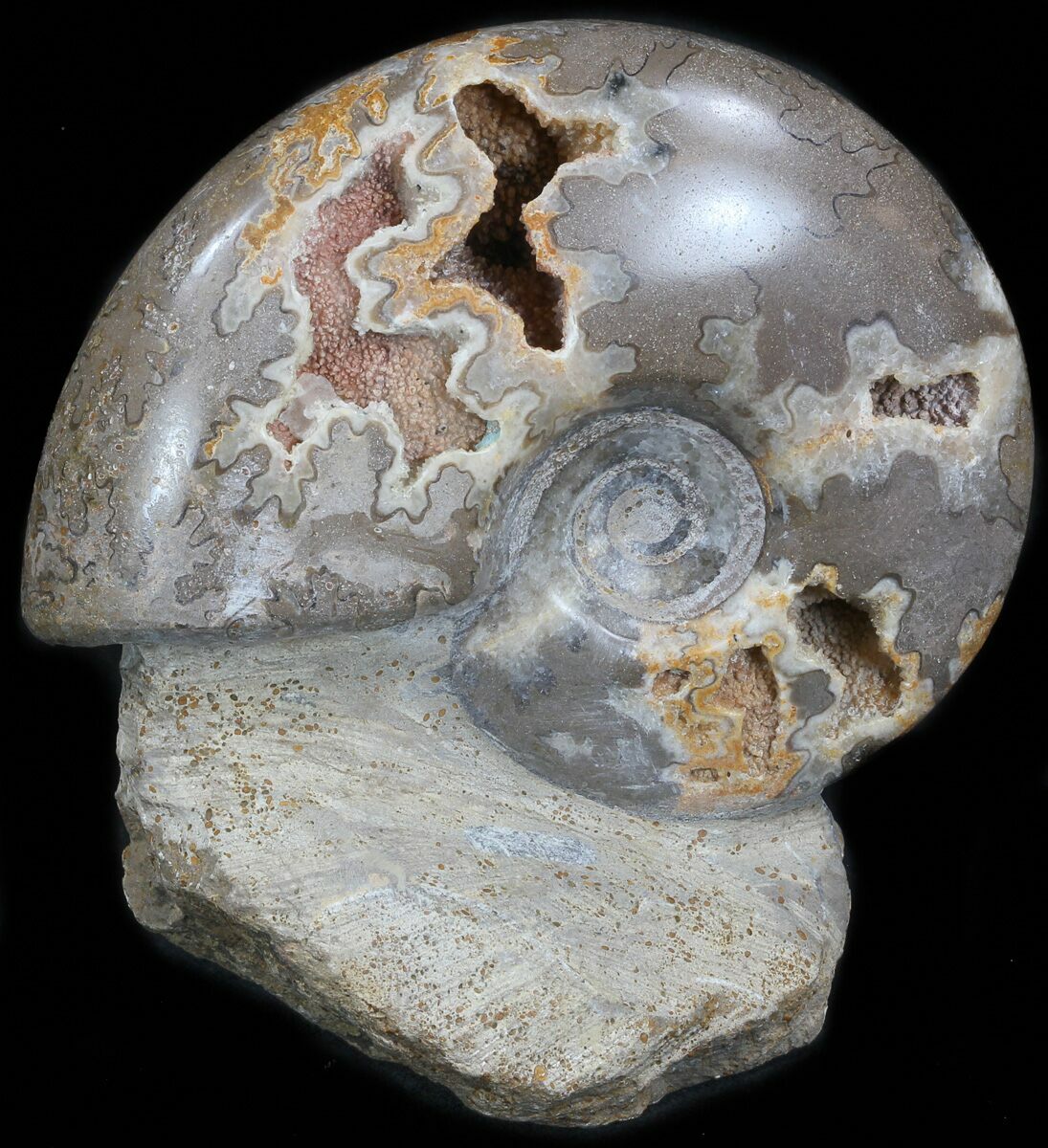

Each color in ammolite represents a different layer of the gem material. Thicker layers produce the reds and greens and are more durable, thinner layers show off the blues and violets and are more delicate and liable to fracture so are less common and more valuable. Thinner surfaces have that bit more distance to travel than the slightly thicker layers, in addition the waves of light from these different depths interfere with one another producing all the different color on display. What color it shows depends on the thickness of the ammolite - we are talking of thicknesses of only a few microns but it has a huge effect on the colors we see. The surface of the ammolite reflects a variety of beautiful colors when illuminated by natural or artificial light.

The color is caused by interference, a bit like what you have probably seen in soap bubbles or oil in a puddle of water. What causes the color in Ammolites?Īmmolites are made up of a variety of chemicals including aluminum, chromium, copper and iron but unlike other gemstones this does not cause the wide array of colors that they display. The colors should be visible as you turn the stone in all directions and should be able to be described as vivid, bright, brilliant, reflective or dazzling. The most valuable ammolites show lively colors in two or three hues with each color having a good coverage of the gemstone's surface. Green and red is the most prevalent color whilst blue and purple are more rare occurrences. You can learn more about ammonites here.Ammolites can come in almost any color you could imagine and often all on the same gemstone. The largest species could be over a meter across! The ammonites became extinct 65 million years ago during the great extinction at the end of the Cretaceous Period. Some ammonites were just a few milimeters across. They were a wildly successful animal, plentiful and diverse. Ammonite Time Period & ExtinctionĪmmonites first show up in the fossil record during the Devonian Period. Ammonite SizeĪmmonites range in size: some as small as a centimeter have been discovered while others as large as 2 meters in diameter. Click on one of the sub-catagories listed below to find the ammonite for you. Their widespread presence and diversity of spiecies make ammonites useful in dating rock layers. Each variety and species reads like a travelogue of ancient oceans. The ammonites we have for sale have so many remarkable qualities. They're all so wonderful, you may have trouble choosing which to look at first. The large display ammonites from Morocco are impressive for their shear size and of course the price. The pyritized ammonites that come from eastern Europe and Russia look as if sculpted from silvery minerals aligned along the septa with crystal caverns in between. Some of our ammonite fossils for sale have been polished or split in half to reveal the inner chambers filled with an infinite variety of colors, designs and even crystal formations.

The nautilus is their closest living relative. Ammonites belong to the class of animals called cephalopods and form the sub-class Ammonoidea that appeared in the fossil record during the Devonian Era.


 0 kommentar(er)
0 kommentar(er)
